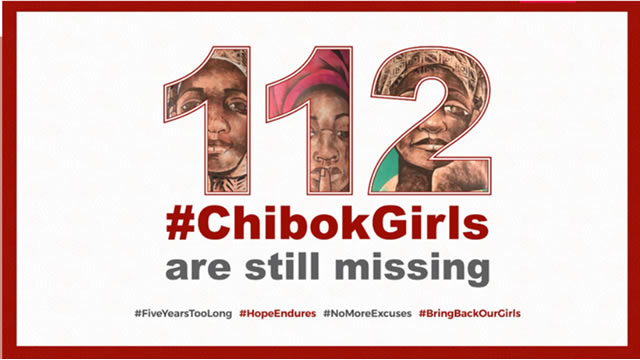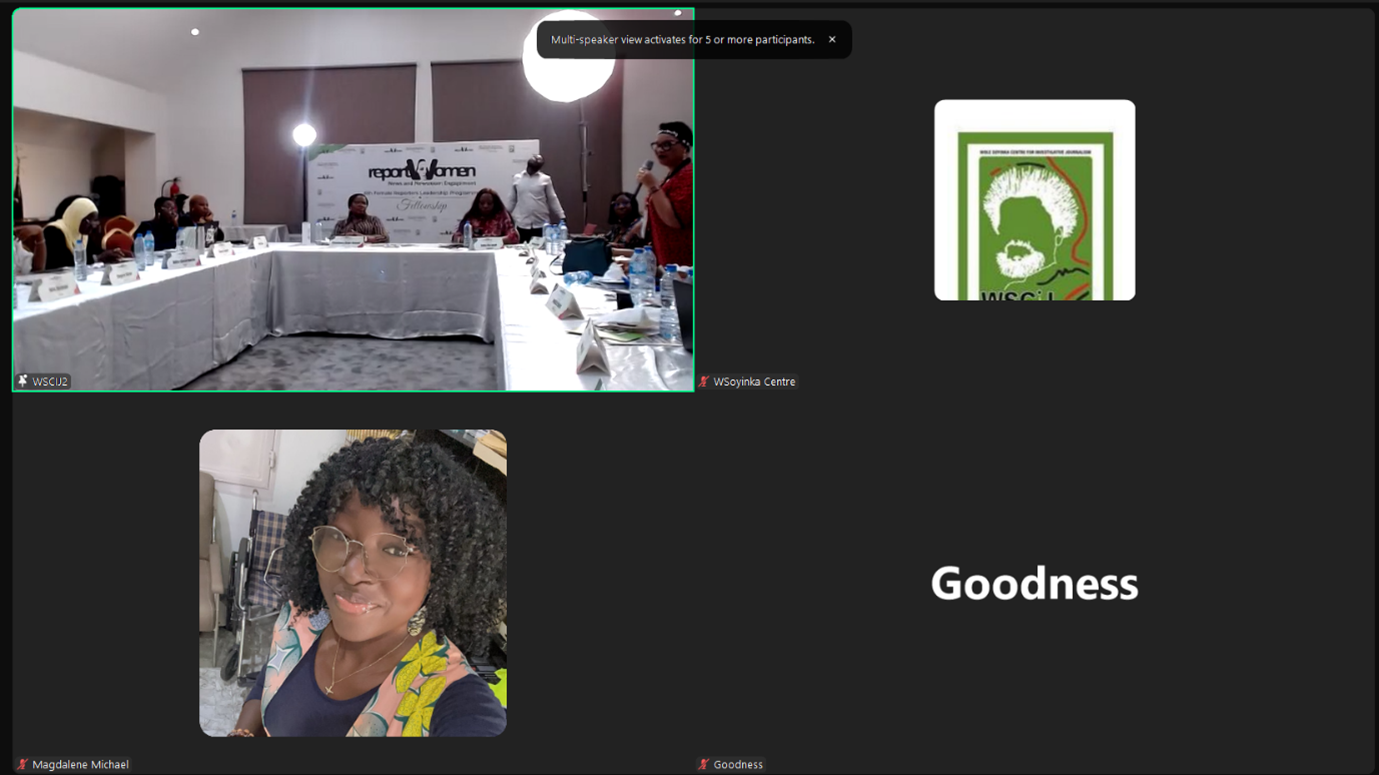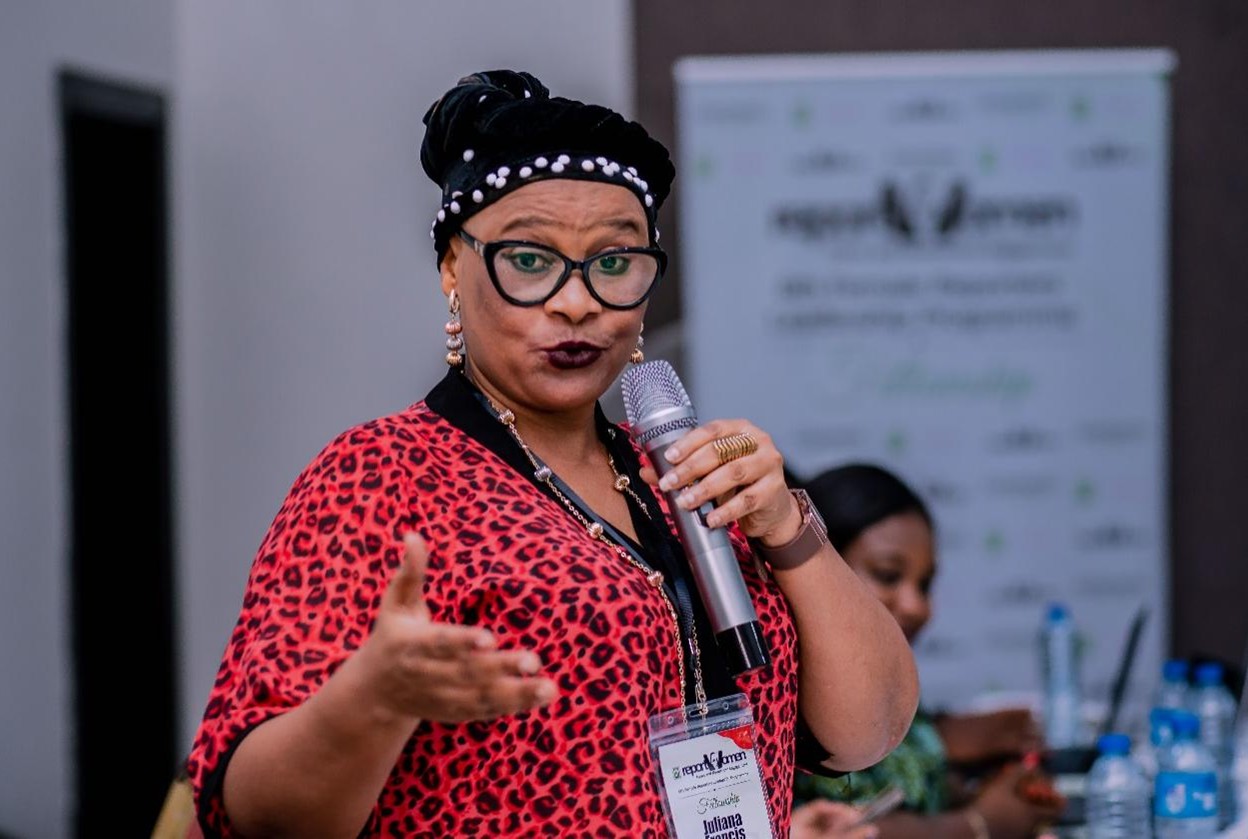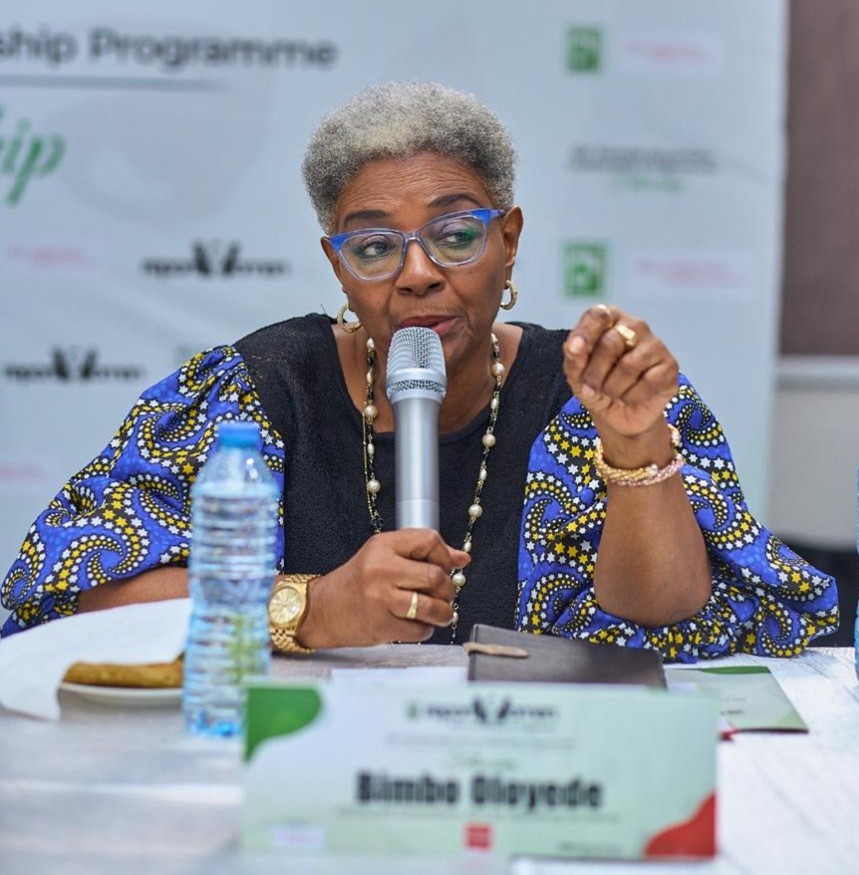With nearly half of the world’s population, women and girls are daily faced with a myriad of issues that hampers advancement and development of several nations especially in Africa. Figures from the human development index provides insights that countries that pay attention to issues affecting the female gender are ranked at the top and vice versa. The following are some of the plights faced by girls and women in Nigeria and Africa that must be interrogated if the continent must move forward.
Gender violence and education
According to a 2010 UN report on violence against women in Africa, the scourge of violence against women in Africa is still largely rampant, but hidden beneath cultural practices and beliefs. This because of a number of reasons, namely;
- the predominance of the system of patriarchy across Africa has meant that women are still perceived of and treated as subordinate to men;
- violence against women is accepted as the cultural norm in many societies and is often condoned by community and sometimes state leaders;
- the stigma attached to female victims of violence has resulted in very low rates of reporting; and
- often if women do report violence against them, they are either turned away because the authorities see violence against women as a matter to be dealt with privately or within the family, or they struggle to access justice in a criminal justice system that is not informed by or sensitive to the needs of women.
Recent attacks on young girls in Nigeria and other African areas facing internal strife has also brought to light the security problems that girls face in their efforts to attain education. The importance of education to the girl child cannot be over-emphasized. A recent study on African demographics shows that education for women, even at the primary-school level, was associated with a lower risk of child mortality. In another study by the University of Pennsylvania, it was discovered that in Malawi, one year of additional schooling for a girl cut the probability of testing positive for HIV as an adult by 6% to 7%.
According to the UNESCO report, dropout rates are as high as 70% throughout Sub-Saharan Africa, with higher rates for girls. World Bank research on girl education in Africa indicates that the number of girls who are out of school is decreasing only slowly, falling from 25 million in 1999 to 17 million in 2008. On the other hand, the United Nations Girls’ Education Initiative states that Nigeria has a 66% literacy rate for 15- to 24-year-old females, versus a 78% literacy rate for males. Girls’ primary school attendance is 60%, compared to boys’ 65%, and by secondary school the rates are 43% and 45%, respectively.
The issue of religious violence against girls in Africa has been brought in the forefront by the abduction of 276 Nigerian schoolgirls by Islamic Militants Boko Haram. “Boko Haram” roughly translates as “Western education is forbidden”. The incident highlighted the African girl child’s plight at a time when there are concerted efforts, not only by African governments but international organisations such as the United Nations Women, to push for gender equality and the empowerment of women.
African women and health
The World Health Organization (WHO) reports that the health of the African woman is affected by a plethora of factors, most of which revolve around lack of adequate health facilities and infrastructure. Lack of medical facilities, supplies and trained staff and poor transport means that 60% of mothers in sub-Saharan Africa do not have a health worker present during childbirth, a situation which heightens complications, leading to higher maternal and child death, according to WHO.
According to a WHO 2012 report entitled Addressing the Challenge of Women’s Health in Africa, the state of maternal health in Africa is dismal, with the region accounting for more than half of all maternal deaths worldwide, each year. Unfortunately, the situation is not improving.
In Nigeria, WHO estimates that 800,000 women are living with fistula, a disabling condition often caused by problems in childbirth. The number grows by 20,000 each year. In Tanzania, 9,000 women die annually from complications related to pregnancy. The country’s maternal health facilities are often too far away and the women lack adequate transport.
WHO estimates that about a quarter of maternal deaths in Africa could be prevented through emergency obstetric care. In fact, maternal mortality can be prevented. In Europe, for example, maternal mortality is a rare event, occurring in only 20 out of 100,000 live births, compared to 480 per 100,000 on the African continent, the highest ratio of all the regions in the world.
Despite the HIV/AIDS scourge continuing to ravage some parts of Africa, other health problems loom. In their advanced ages, African women suffer increasingly from non-communicable diseases (NCDs), notably cardiovascular diseases, cancers, diabetes and chronic respiratory diseases. According to WHO, if nothing is done to address the issue of NCDs, they will represent at least 50% of mortality in the Africa by 2020.
African women, equality and economic empowerment
Promoting gender equality and empowerment of women is of benefit to any economy and the society at large. However, in many African countries, women face stumbling blocks at a time when Africa’s economy is on the upsurge, with economists predicting that over the next decade, the continent’s GDP is expected to rise by an average of 6% a year.
A result mainly of cultural practices, gender inequalities and gender-based discriminations are common in Africa, hence the need to raise awareness about the disadvantages of these discriminations, not only to women and girls, but to the community at large.
African women play a significant part in agriculture (the United Nations Development Programme estimates that women farmers account for nearly 50% of the agricultural labour force in sub-Saharan Africa). Despite the role women play in agriculture, productivity on women-owned farms is significantly lower per hectare compared to men, according to a new report jointly published by the World Bank and the ONE Campaign entitled “Levelling the Field: Improving Opportunities for Women Farmers in Africa”.
The report, which looks into the differences between how much men and women farmers produce in six African countries – Ethiopia, Malawi, Niger, Nigeria, Tanzania and Uganda – which together make up more than 40% of Sub-Saharan Africa’s population.
The report reveals deep-rooted inequalities in African agriculture. In the six countries profiled, the report found that women farmers are refused access to land ownership, credit and productive farm inputs like fertilisers, pesticides and farming tools, and access to markets, factors essential to their productivity.
“One of the most important steps countries can take to drive progress is to ensure and improve the political, economic and social rights and opportunities of women”, says Helen Clark on the UNDP website. “Africa has achieved notable economic growth in recent years. To be sustained, that growth must be inclusive, and translate into concrete improvements in the lives of women, men and children.”
Countries that eliminate gender disparities in education, for example, will accelerate progress towards eliminating hunger and will improve child and maternal health, as educated women and girls are better able to make informed choices about family planning, nutrition, health, and education.
The World Bank estimates that eliminating barriers that discriminate against women’s working in certain sectors could increase labour productivity by as much as 25%. Ensuring women’s equal access to agricultural resources and financial credit would have a dramatic impact on food security and overall economic growth.
Gender inequality is prevailing in various sectors of the society. Hence, it is pertinent to note that closing the gender gap could help reduce hunger and improve livelihoods for Africa’s growing population, which is expected to quadruple within the next 90 years, according to the World Bank.








